As we age, our homes need to adapt with us to allow for safe, comfortable, and independent living. Making some key upgrades and installing safety features can go a long way in protecting seniors and giving them peace of mind. Here are 11 important things every senior should consider having in their home.
Contents
Improved Lighting
Having adequate lighting throughout the home is vital for seniors. Trip hazards and falls are a major concern. Install lighting along hallways, stairs, and in rooms that turn on automatically or through remote-controlled switches. Use night lights to illuminate paths. Increase the wattage of light bulbs for improved brightness if needed. Proper home lighting reduces risks and makes everyday activities easier.
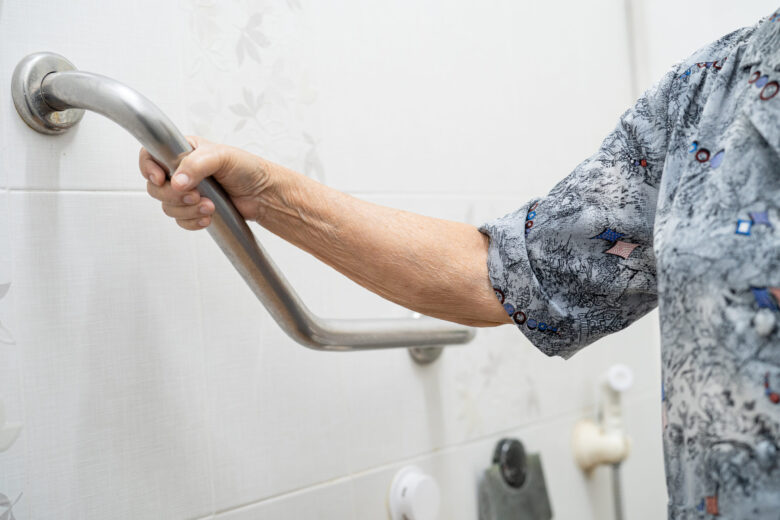
Source: nationalchurchresidences.org
Grab Bars and Railings
Install grab bars and railings in key areas, especially in bathrooms near toilets, tubs, and showers. Proper grab bars give seniors something secure to grasp when standing up or balancing, greatly reducing slips and falls. Handrails on both sides of stairways also provide stability and support. Make sure bars and railings are installed properly into structural framing for maximum safety.
Medical Alert Device
A medical alert provides round-the-clock access to emergency assistance. With the simple push of a help button worn as a pendant or on a wristband, seniors can get immediate aid when accidents or health events occur. Alert systems give fast access to support without needing to get to a telephone. Getting assistance quickly during emergencies greatly improves outcomes. This device grants seniors security and family members peace of mind.
Slip-Resistant Flooring
Flooring plays a big role in preventing dangerous slips, trips and falls. Replace slick flooring materials like tile and vinyl with slip-resistant options. Low-pile carpet is a good choice as it limits sliding. For kitchens and bathrooms, stick-on anti-slip strips help give added traction. Use rubber backing or non-slip rugs over high-traffic areas. Ensuring flooring has adequate grip goes a long way in fall prevention.
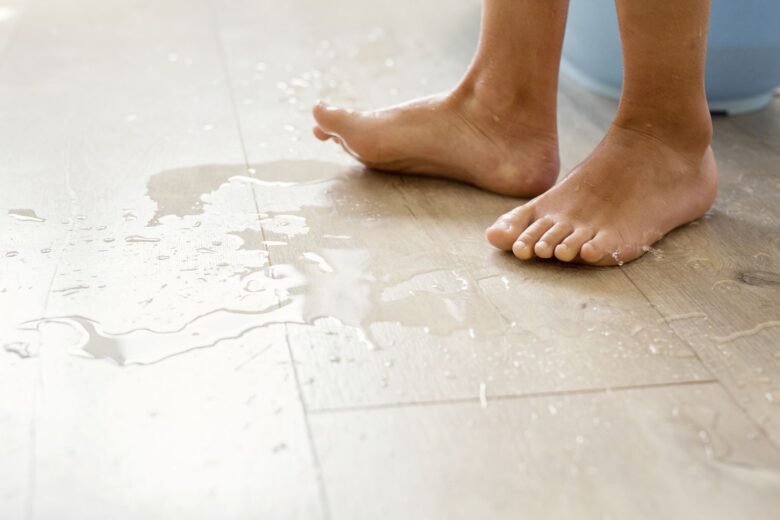
Source: thespruce.com
Automatic Light Switches
Replacing standard light switches with motion sensor light switches or dimmer switches can assist seniors with forgetting to turn their lights off. Motion sensor lights automatically turn on when movement is detected in a room and turn off after a set period of no movement. Dimmer switches allow lights to be programmed to turn on or off at designated times. These upgrades stop seniors from having to walk into dark rooms and conserve energy by ensuring lights aren’t left on.
Smoke and Carbon Monoxide Detectors
Properly functioning smoke and carbon monoxide detectors are vital safety components of any home. Detectors alert occupants of dangerous gas leaks or fires. Make sure units meet current safety standards. Test them frequently and replace batteries twice per year. Connect detectors so that when one sounds, they all sound. These devices can mean the difference between life and death in the event of an emergency. Proper installation and maintenance provide seniors with essential protection.
These safety features ensure seniors can continue living at home for as long as possible, with the help of home care services in Oahu, HI.
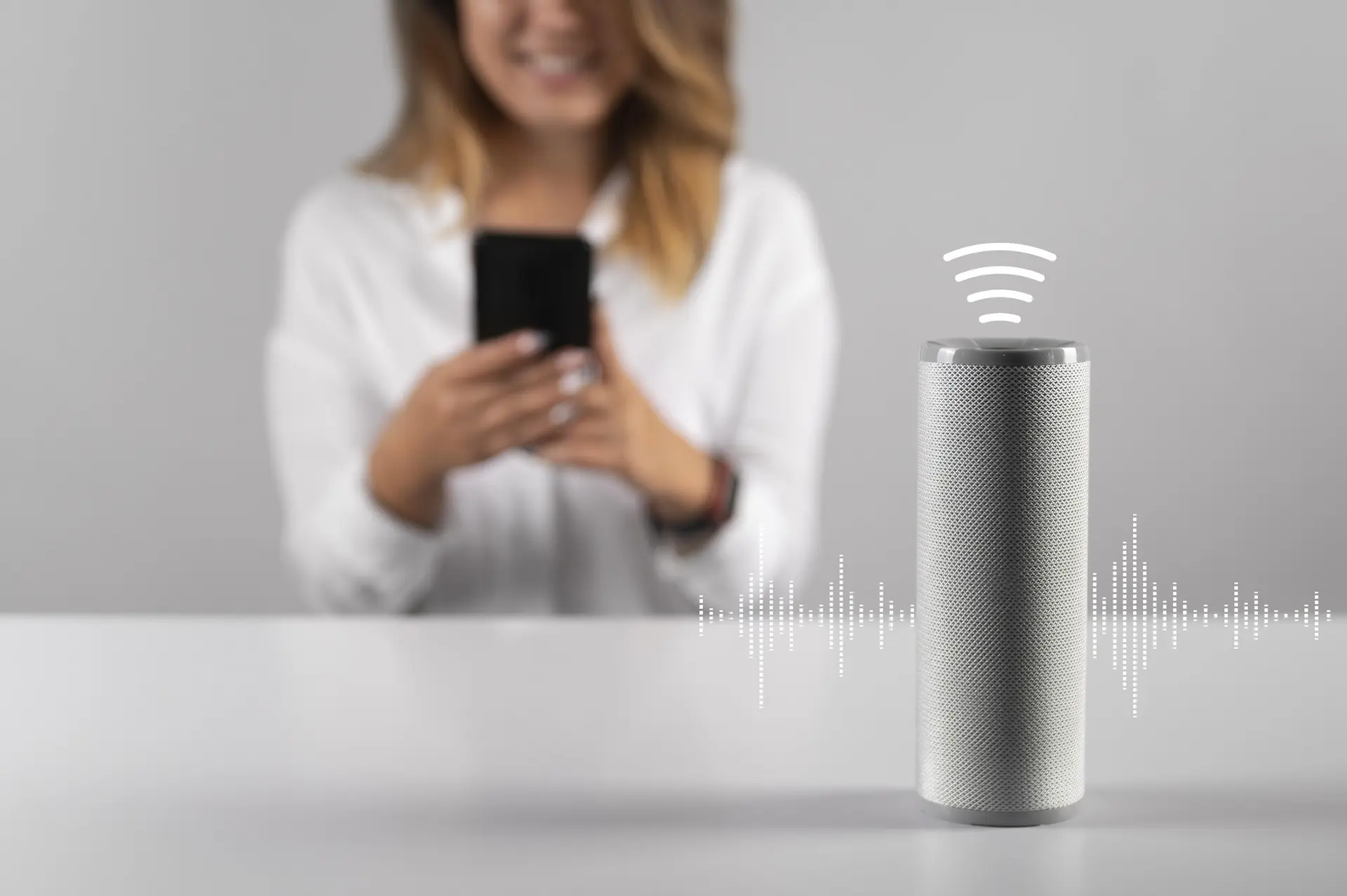
Source: koaedi.com
Voice-Activated Devices
Incorporating voice-activated devices into a senior’s home can significantly enhance safety and convenience. These devices allow seniors to control various aspects of their home environment, such as lights, thermostats, and even door locks, with simple voice commands. This technology can be particularly helpful for those with mobility issues or visual impairments, as it reduces the need to physically interact with small buttons or switches. Additionally, voice-activated assistants can facilitate quick calls for help in emergencies, access to information, and daily reminders for medication or appointments, contributing to a safer and more independent living situation.
Accessible Shelving and Storage
Creating an accessible environment involves rethinking storage spaces. High shelves and deep cabinets can pose significant risks for seniors, making it difficult to reach everyday items without the risk of falls or strain. Lowering shelves and using pull-out drawers can make kitchens and storage areas safer and more functional. Opt for D-shaped handles on drawers and cabinets for easier grip. Accessibility in storage not only promotes safety but also supports independence in daily activities.
Lever-Style Door Handles
Replacing traditional round doorknobs with lever-style handles is a simple yet effective safety improvement. Lever handles are easier to use for seniors, especially those with arthritis or limited hand strength. This switch facilitates easier access throughout the home and reduces the risk of injury from struggling with difficult-to-turn knobs. Lever handles also benefit those with limited dexterity, ensuring doors can be opened quickly and effortlessly, which is particularly important in emergency situations.
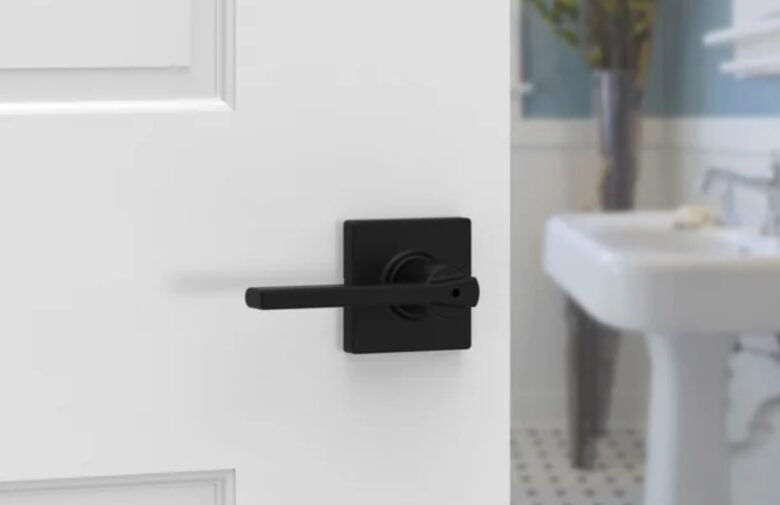
Source: reddit.com
Walk-in showers and Tubs
Bathroom modifications are crucial for senior safety. Traditional bathtubs and showers can present significant hazards due to the high steps required to enter and exit. Installing walk-in showers and tubs minimizes this risk, allowing for easier and safer access. Walk-in options often come with built-in seats and anti-scald water controls, further enhancing safety. These features not only prevent falls but also promote independence in personal care routines.
Emergency Exit Plan
An Emergency Exit Plan is a critical safety measure, especially in homes where seniors reside. It outlines a clear, unobstructed path to safely leave the home in case of emergencies such as fires, natural disasters, or other urgent situations.
The plan should identify all possible exits, including doors and windows, and ensure they are easily accessible and free from blockages. It’s important to have primary and alternative routes in case the usual path is compromised. Regular practice and review of the exit plan are essential to ensure everyone in the home is familiar with the procedure and can evacuate quickly and safely when necessary.
Additionally, clear signage and night lights can guide the way during low visibility conditions. Having an effective emergency exit plan in place provides seniors and their families with peace of mind, knowing that there’s a prepared response to potential emergencies, prioritizing safety, and swift action.
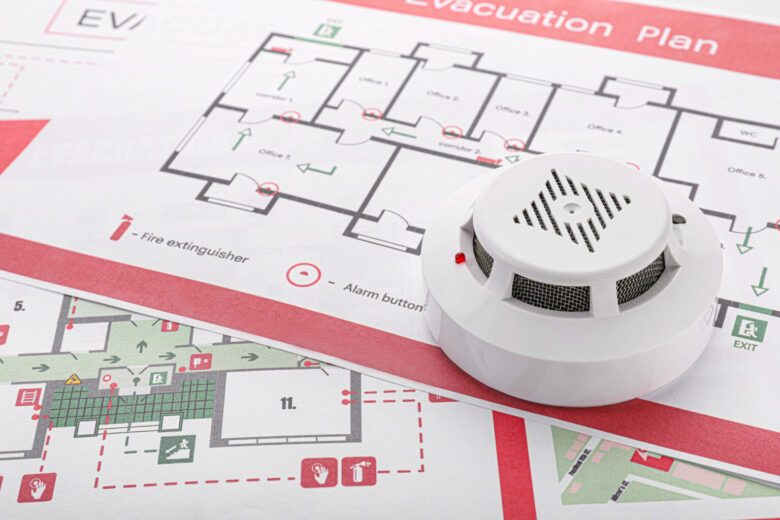
Source: internationalfireandsafetyjournal.com
Adapting and upgrading the home to meet a senior’s changing physical needs and capabilities makes everyday living safer and less stressful. Installing grab bars, adequate lighting, slip-resistant flooring, and emergency call devices reduces risks significantly. Every senior should consider these useful safety enhancements.
